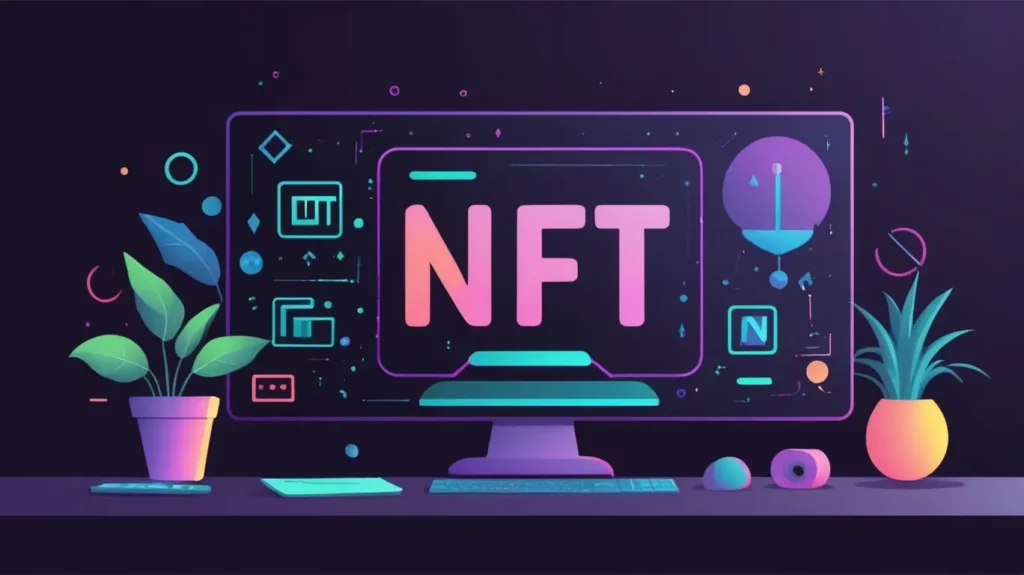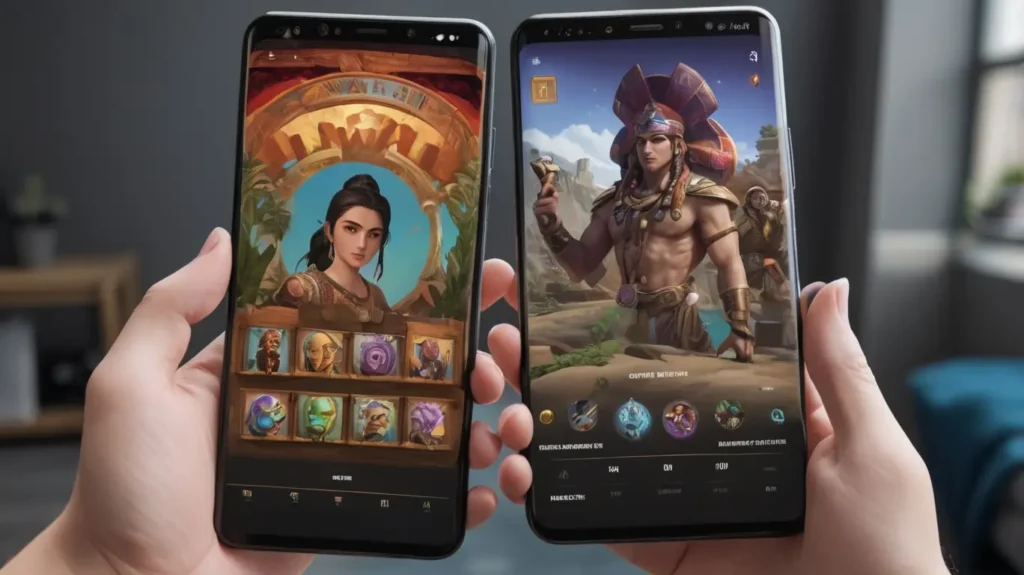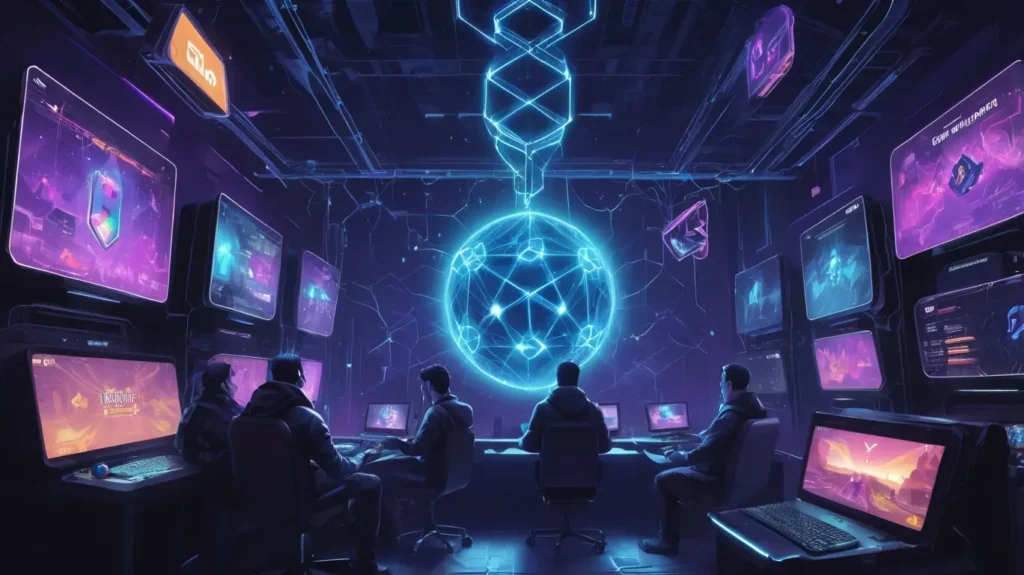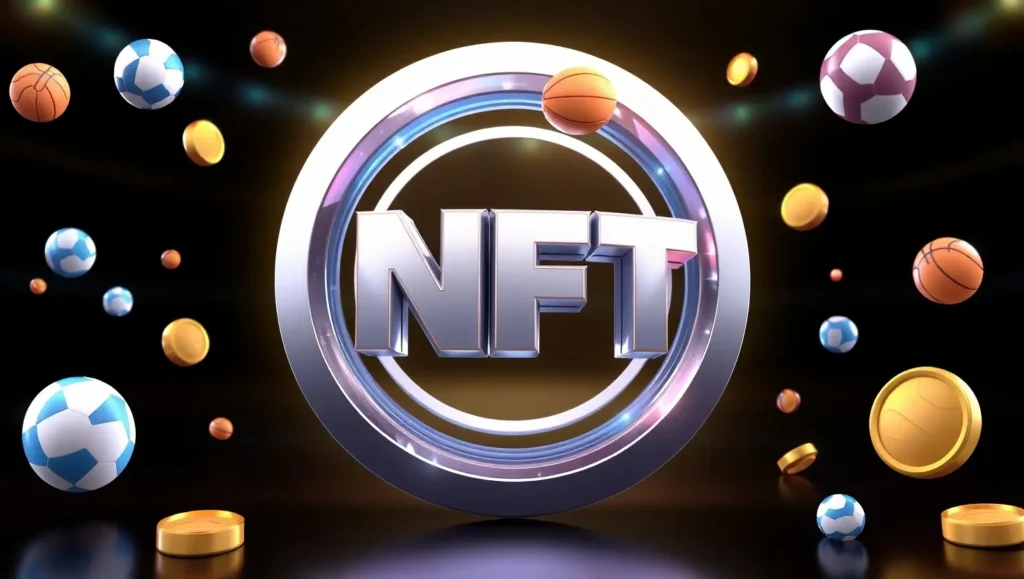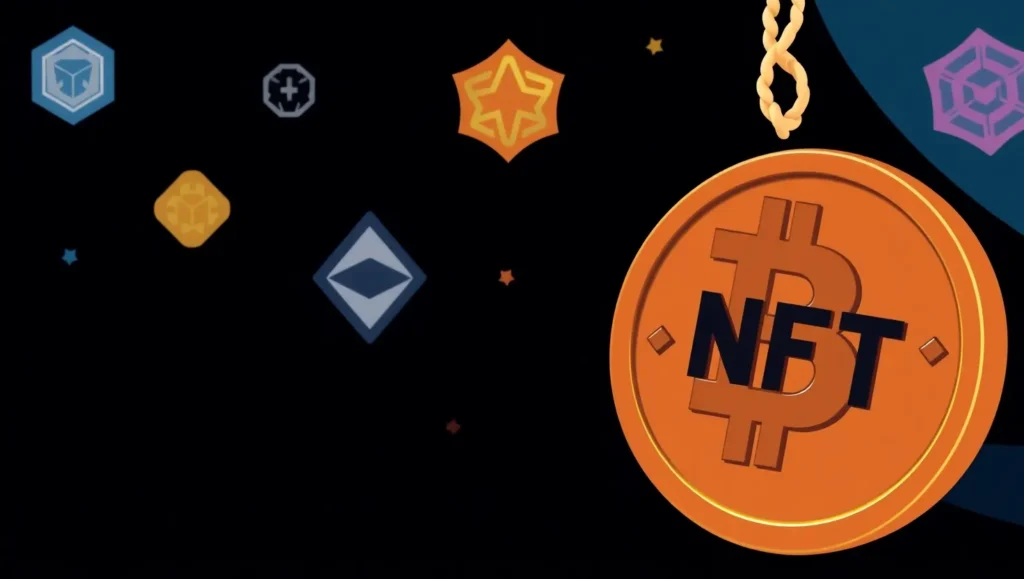In the ever-evolving realm of contemporary art, generative art stands as a testament to the synergy between creativity and technology. It’s fascinating to witness how artists have transitioned from early algorithmic approaches to leveraging modern AI-driven methods, breathing life into art forms that continuously morph and adapt. As we embark on this exploration, let’s delve into various types of generative art, each offering a unique lens through which to view the interaction of art and algorithm.
Exploring Types of Generative Art: A Journey Through Creativity and Technology
1. Algorithmic Art: Formulas as Brushes
Algorithmic art is where the journey begins an art form crafted through the precision of algorithms. Imagine a world where mathematical functions and procedural rules transform into vibrant canvases, creating a symphony of shapes and colors. This type of art thrives on algorithms as its muse, allowing artists to generate intricate patterns beyond traditional human capability.
Artists like Vera Molnár and Manfred Mohr have pioneered this domain, using computers to explore new dimensions of abstraction. Their artworks demonstrate how coded instructions can lead to the unexpected, producing pieces that engage both the left and right brain, challenging perceptions of randomness and control.
2. Fractal Art: Infinity in Patterns
Fractal art invites us to look into the depths of complexity and self-similarity among different types of generative art. Derived from fractal geometry, this art form captures the infinite by repeating patterns at varying scales. The mesmerizing beauty of fractals lies in their ability to replicate intricate designs within themselves, echoing nature’s own creations like snowflakes and coastlines.
Visual masterpieces such as those by Benoit Mandelbrot illustrate the stunning potential of fractals in art. These works evoke a sense of infinity, as if each glance reveals a new layer of detail, drawing the viewer into an endless visual journey.
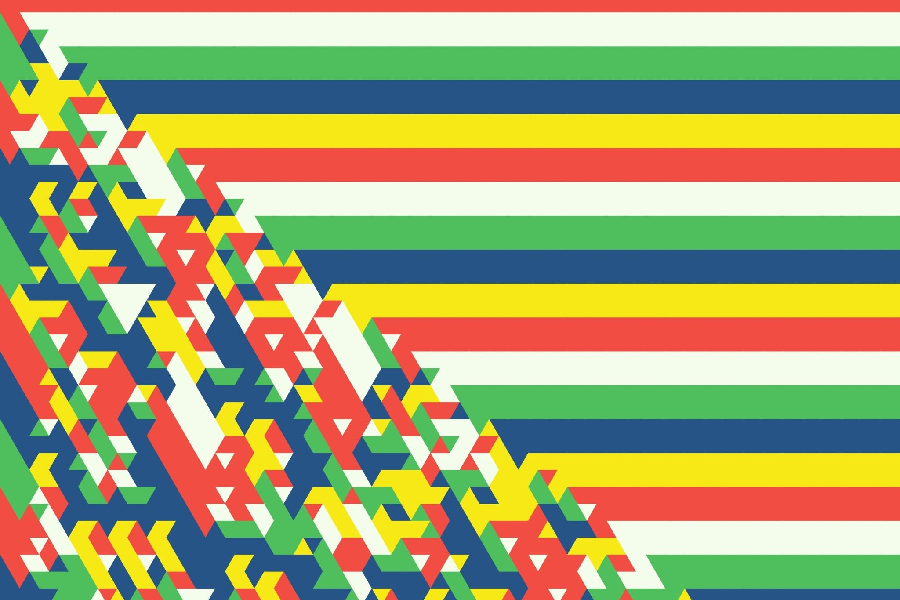
3. Cellular Automata: Simple Rules, Complex Worlds
Cellular automata lead us into the realm of juxtaposition where a manifold originates solely from a single point. This kind of generative art uses an array of cells and clear scenarios to create complex and sensitive forms over time. Starting with a simple setup of cells, intricate patterns are formed to show to what extent the simplicity of creation can result in visual complexity.
Not only aesthetics but also music was transformed by artists who used cellular automata as sources of inspiration: they produced tracks that developed rather remarkably, as well. For that reason, the possibility of a show ‘throwing’ itself is what makes the events spectacular; we, as viewers or listeners, play a role in an ongoing process in which no single moment is like any other.
4. Evolutionary and Genetic Art: Art Through Evolution
Both Evolutionary and Genetic art imitate natural selection when the designs of art are evolved and recreated by selection, mutation, and reproduction. Perhaps, we have just delegated the responsibility of selection in the process of creating artworks to the Darwinistic model of the computers to decide out of the types of generative art.
Such techniques have been adopted by William Latham, a pioneer who has used them to come up with growing art, similar to organisms. Conserved creation parameters make artworks change, creating art pieces that adapters know and do not know: a continuous change with the perceiver.
5. AI and Machine Learning in Art: The New Collaborators
Generative art can also be linked with terms like Artificial Intelligence and machine learning and bring into play constructs like Generative Adversarial Networks (GANs) and neural networks. The advent of these technologies has pushed artists to develop pieces that transgress those established limits as AI essentially transforms for artists not just an instrument, but a tool that collaborates with them in the piece’s making.
The AI generated artworks new as that of Mario Klingemann make everyone question authorship and creativity. Such works usually raise questions about the status of the artist, and the status of the machine, which can initiate debates in the sphere of art about what position is more authentic – the artist or the algorithm.

6. Interactive Generative Art: A Dance with the Audience
Interactive generative art brings the viewer into the creative process within the various types of generative art, responding to user input or environmental data to create dynamic, ever-changing artworks. These installations and digital pieces transform with every interaction, ensuring that no two experiences are the same.
Such works often feel alive, akin to an ongoing conversation between the art and its audience. By engaging viewers directly, artists blur the line between creator and observer, crafting experiences that are as participatory as they are perceptive.
7. Procedural Generation in Digital Media: Creating Worlds
Procedural generation revolutionizes digital media, particularly in video games and simulations, by employing algorithms to create expansive, dynamic environments. Imagine stepping into a vast game world where every tree, river, and mountain has been generated algorithmically, offering a limitless landscape for exploration.
Games like *No Man’s Sky* utilize procedural generation to build vast universes that are both diverse and immersive, allowing players to experience environments that are unique to their journey. This approach not only enhances the gaming experience but also showcases the potential of algorithms to create entire worlds.
8. Generative Music and Sound Art: Symphony of Algorithms
Generative techniques have also found their place in music where algorithms actually compose music that continues to grow and evolve to the surprise of the auditory senses. People’s thinking included such great developers as Brian Eno who experimented with generative music, creating soundtracks that provide new sounds every time the track is played.
Generative music shakes cognitive expectations and overcomes repetitive listening; it is based on alert live changes with no end in sight for a piece due to the integration of algorithmic creativity discussing types of generative art.
9. Generative Design in Architecture and Product Design: Form Meets Function
The generative algorithms are integrated into the architecture and product design to help in the work of designing forms that are functional and beautiful. Through entering certain requirements, designers can virtually go through millions of possibilities of a design, leading to forms that have efficient structures where aesthetics and use perfectly coincide.
Real-life structures like the 3D-printed house by Universe Architecture are a perfect example that generative design is still growing the bar and moving closer to embracing infinity and beyond when it comes to material optimization and structural advancement, a veritable promise on a future where creativity and practicality will go hand in hand.
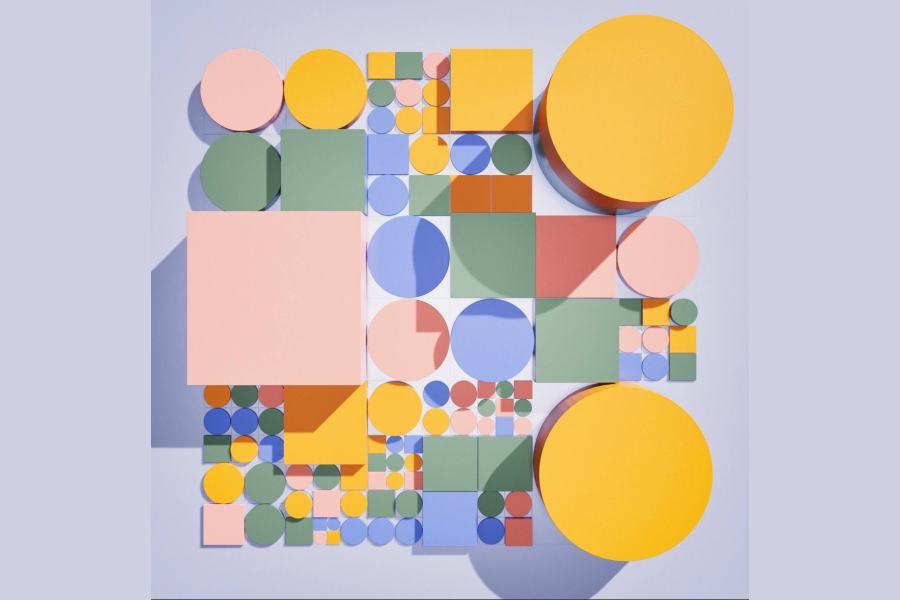
10. Ethical and Philosophical Considerations: A forgetting of questions in the Algorithmic Age
This is why machine-generated art presents us with terrific ethical and philosophic questions that awaken the best and the worst in us. What does it mean to be creative, and who owns an art that is produced by an algorithm? These issues are problematic concerning conventional ideas of authorship, creativity, and the artist.
These discussions about types of generative art go as far as possession to encompass the meaning of AI in art questioning us on the relationship between art and technology. In this brave new artistic frontier, this is where some of the tools themselves, extend, enhance or perhaps even transform the core notion of what art is.
As we delve deeper into the realm of machine-generated art, an array of ethical and philosophical questions emerges, inviting thoughtful discourse and reflection. These considerations compel us to reevaluate traditional concepts of creativity, authorship, and artistic authenticity, particularly as technology continues to play an integral role in art creation.
Creativity and the Machine
One of the most compelling questions is the nature of creativity itself when machines are involved. Can a machine truly be creative, or is it merely executing a set of pre-defined instructions? Traditional understandings of creativity emphasize human intuition, emotion, and inspiration. Yet, as algorithms like Generative Adversarial Networks (GANs) and neural networks become more sophisticated, the line between mechanical execution and creative innovation becomes increasingly blurred.
Machines generate work that can evoke profound emotional responses and reflect innovative design elements. However, these creations are often based on large datasets of existing human art, raising concerns about whether machines are truly creating or merely remixing human inputs. This blurring challenges us to rethink what it means to “create” in a technological age and whether creativity can indeed reside in the realm of artificial intelligence.
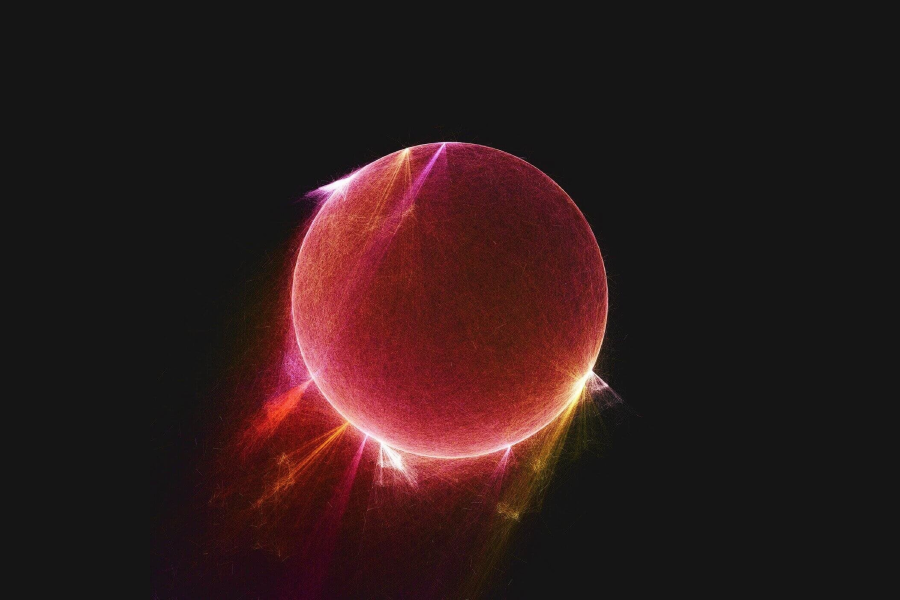
Authorship and Ownership
The question of authorship is deeply intertwined with the notion of creativity. When an artwork is generated by an algorithm, determining ownership becomes complex. Is it the programmer, the operator, or the algorithm itself that should be credited?
The legal and ethical ownership of machine-generated art remains a gray area in intellectual property rights. If a piece of AI art sells for millions, who deserves the proceeds? These issues highlight a need for updated legal frameworks that consider the roles of AI developers, users, and software in the creation and ownership of art.
The Role of the Artist
Generative art challenges the role of the traditional artist, shifting the focus from manual creation to conceptualization and manipulation of technology. Artists using AI often set parameters and curate outcomes, but the final production lies within the algorithm. This transformation raises questions about the artist’s role—are they the creators, curators, or facilitators?
As technology becomes a collaborative partner rather than a mere tool, artists must navigate new skills and sensibilities, redefining their contributions within the creative process to create different types of generative art. This evolution could democratize art creation, making it accessible to those with technical expertise rather than just traditional artistic skills.
Authenticity and Value
In a world where machines can generate art, the notion of authenticity is called into question. The unique “hand of the artist,” a cornerstone of art valuation, is less applicable when an algorithm produces a piece. This shift impacts both the perceived and market value of art.
Collectors and art enthusiasts often value the story and human effort behind a piece. Machine-generated art, lacking a human backstory and manual creation process, might be deemed less valuable despite its technical prowess. This dichotomy challenges us to redefine value and authenticity in art.
Human Creativity vs. Technological Innovation
The intersection of human creativity and technological innovation is both exciting and daunting. AI in art has the potential to augment human capabilities, pushing boundaries and exploring new creative avenues that were previously unimaginable. However, it also raises fears of technology overshadowing or even replacing human artistry.
Artists and technologists are tasked with finding a balance: leveraging AI’s potential to enhance creative processes without diminishing the human element that has historically defined art. This delicate balance requires ongoing dialogue and reflection on how best to integrate AI into the creative endeavors of the future.
Afterwords
The journey through types of generative art is as expansive as it is exciting. As technology continues to advance, art will evolve alongside it, inviting new paradigms and perspectives. From algorithms that paint to AI that composes symphonies, the landscape of generative art is rich with possibilities, offering us all a chance to witness the profound intersection of art and technology.
1. How do artists decide which type of generative art to pursue?
Artists typically choose based on their personal interests and the message they wish to convey. Some might prefer the mathematical nature of fractals, while others are drawn to the interactive possibilities of AI.
2. Can generative art be considered truly original?
While generative art is influenced by algorithms, the uniqueness of each creation, shaped by initial parameters and evolving processes, lends originality to the resulting artworks.
3. Is there a market for buying and selling generative art?
Yes, the market for generative art is growing, with platforms such as art galleries and online marketplaces offering both digital and physical formats for collectors and enthusiasts.
